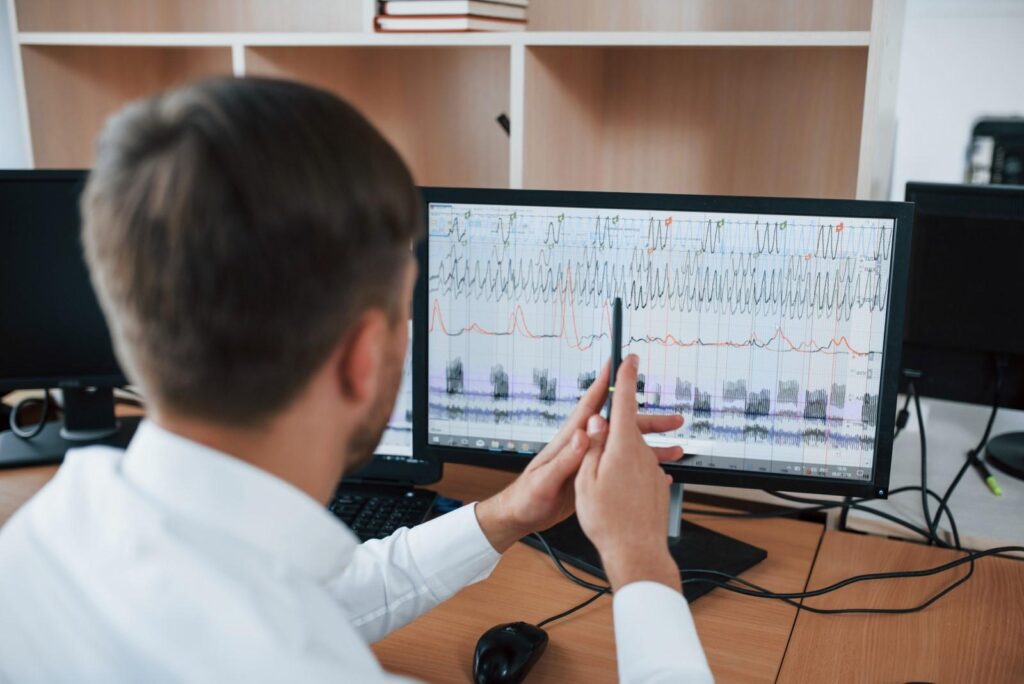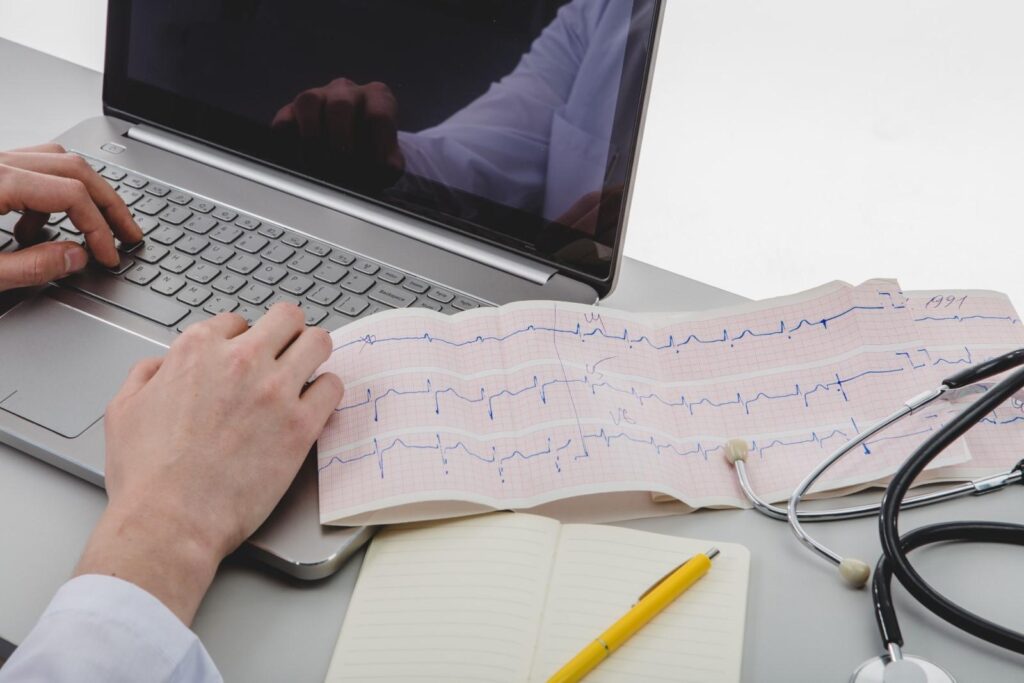One of the most controversial tools used in modern criminal investigations is ‘lie detectors,’ or polygraphs. Polygraph involves measuring things like heart rate, blood pressure, and perspiration—all of which change under stress.
The idea is that when someone is lying, their body responds. However, the reality is much more complicated than that. Despite their widespread use by law enforcement, lie detectors continue to be scientifically debated and are often inadmissible in court.
However, they still affect cases, mold interrogations, and some even lead to confessions. No matter what you think of them, they are an undeniable addition to the crime-solving process.
In this article, we explain in detail the significant role of lie detectors in solving crime.
1. Detecting Deception During Interrogations

The challenge when you’re investigating a crime is trying to figure out who’s telling the truth. A polygraph test can be helpful there. As a person answers questions, it tracks physiological changes such as heart rate, breathing, and electro-dermal activity.
They may also indicate when someone is lying. The polygraph is not foolproof, but it can point you in the right direction when it identifies inconsistencies or creates stress patterns that will encourage you to ask better and sharper follow-up questions.
However, the reliability of the test is greatly improved if you use a trained examiner and perform the lie detector test according to validated procedures. It’s not about getting a simple ‘lie detector’ stamp of approval. Instead, you’re using it as an investigative tool to get your read on someone’s credibility when it counts.
2. Narrowing Down Suspect Lists
During an investigation, you usually have a flood of potential leads and persons of interest. Polygraph exams help you reduce your suspect list by identifying who may be hiding key information.
When you have multiple people who have been to a crime scene or could have been involved with an event, you can run the test to see which answers produced an elevated physiological response.
But that doesn’t mean you’re just accusing someone because of those results—it does, however, narrow down where you should look deeper. A well-done polygraph exam can tell you a pattern or discomfort when certain topics come up, helping you get a direction.
Rather than blindly pursuing every possibility, you can be mindful of those whose responses really warrant closer inspection. The polygraph is used, along with other investigative methods, as a filter to better manage your time and resources.
3. Validating Witness Testimonies

Maybe you are depending on a witness’s account of things, but what if their story doesn’t click?
If their testimony in the case is significant, a polygraph may help you choose whether to believe them or not. Oftentimes, a witness can leave specific details out of fear, guilt, or confusion and not necessarily out of bad intent.
You can then monitor their physiological responses to see if their answers reflect their emotional state. It can also boost your confidence in their account if the test suggests they’re telling the truth.
If inconsistencies appear, it tells you to push further. When dealing with complex cases, every layer of insight can help you move toward the clarity you need.
4. Encouraging Confessions
The polygraph is as much a psychological instrument as it is technical. Most people who agree to take a polygraph test believe they can be ‘caught’ in a lie. And that belief alone can change their behavior.
If a suspect is on the fence about confessing, the pressure of an upcoming test might be enough to get them talking before the machine turns on. As you likely know, people start to crack once they realize the truth is coming out.
This isn’t manipulation; it’s human psychology. The polygraph becomes an integral part of the investigative process when it creates an atmosphere for honesty. This is not about coercion; it is about using every single tool within your power to get closer to the truth.
5. Supplementary Investigative Tool

The polygraph is not a magic truth machine. The best scenario is to use it as more of a supporting player than the star. You have forensic evidence, witness statements, timelines – and the polygraph just adds another layer.
It helps you confirm or question what you already know by giving you insight into a person’s internal response to key questions. If used responsibly and read by professionals, it can confirm a hunch or make you question something you didn’t think of.
The secret is balance, for no single test should be determinative or damning in your case. The polygraph provides additional information, but when coupled with other evidence, it can give you a more complete picture of what’s happening. In criminal investigations, that edge can make all the difference.
Conclusion
A lie detector isn’t about trusting a machine to solve your case – it’s about giving yourself another tool to find out what’s true. People, stories, and emotions are not easy to understand on the surface. A polygraph helps you read between the lines, screen for deception, and reinforce what you already knew to be true.
Proper training, validated methods, and ethical judgment substantially bolster your investigation when you use it the right way. It doesn’t substitute for solid evidence or clever questioning, but it helps with both. A polygraph can get you the edge you need to get to the truth faster and clearer, but only if you know how to use it wisely.

